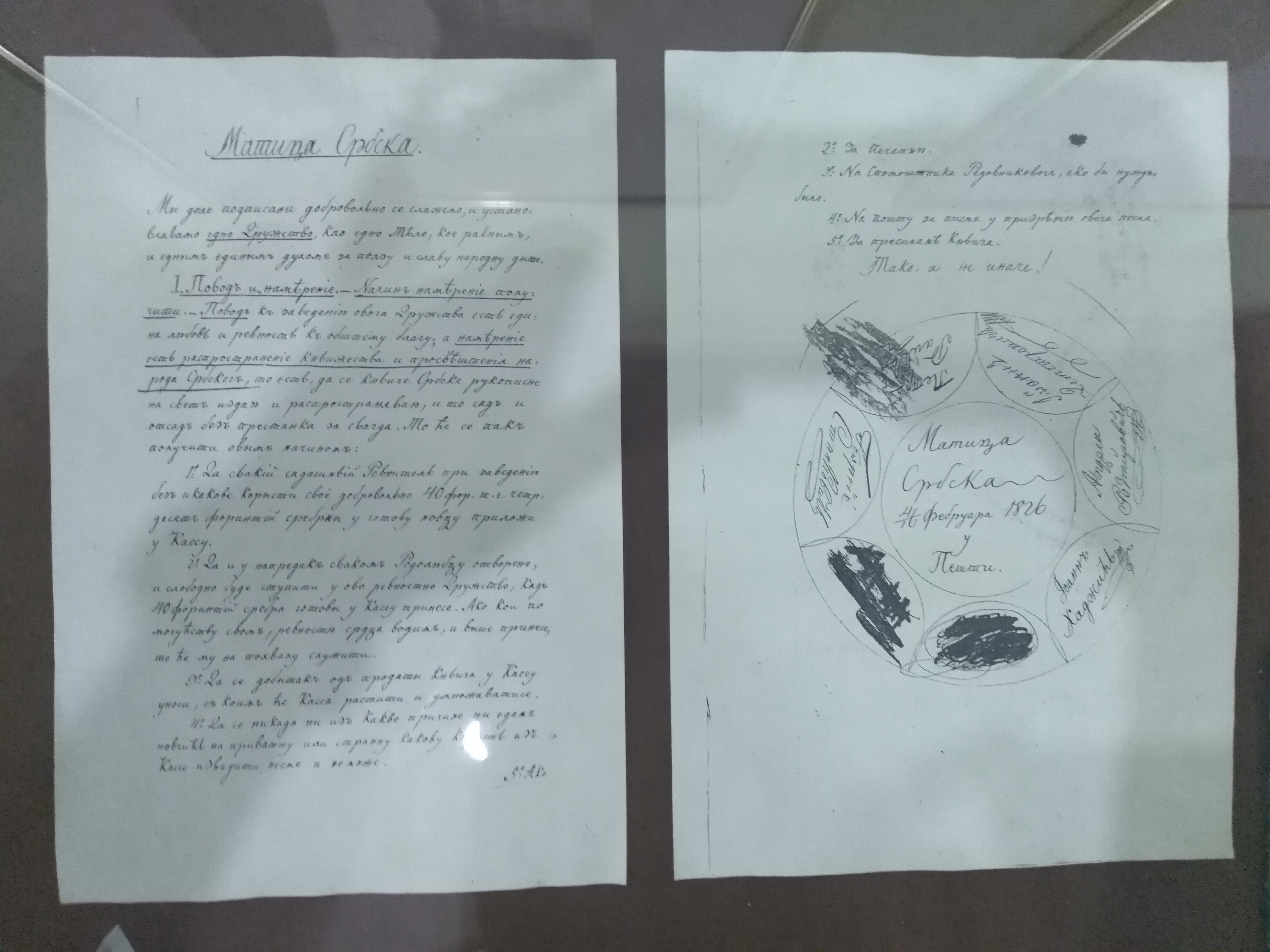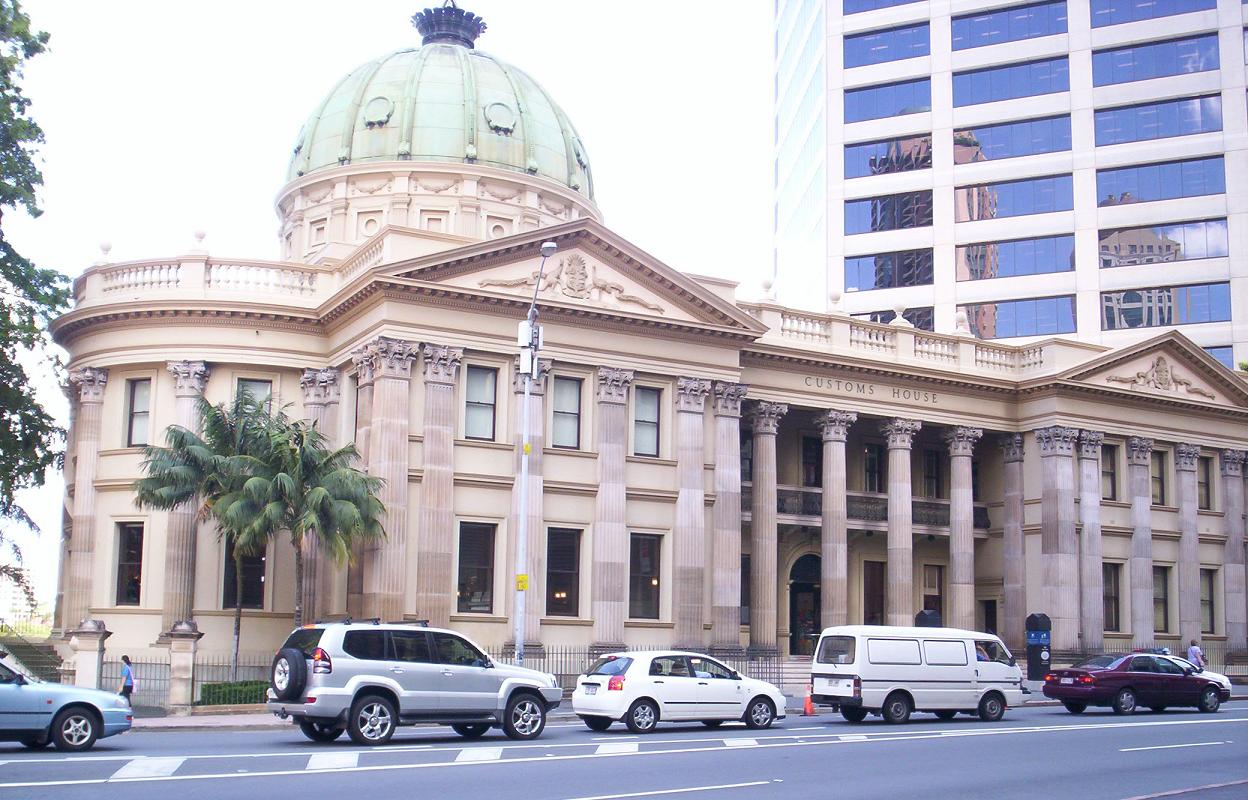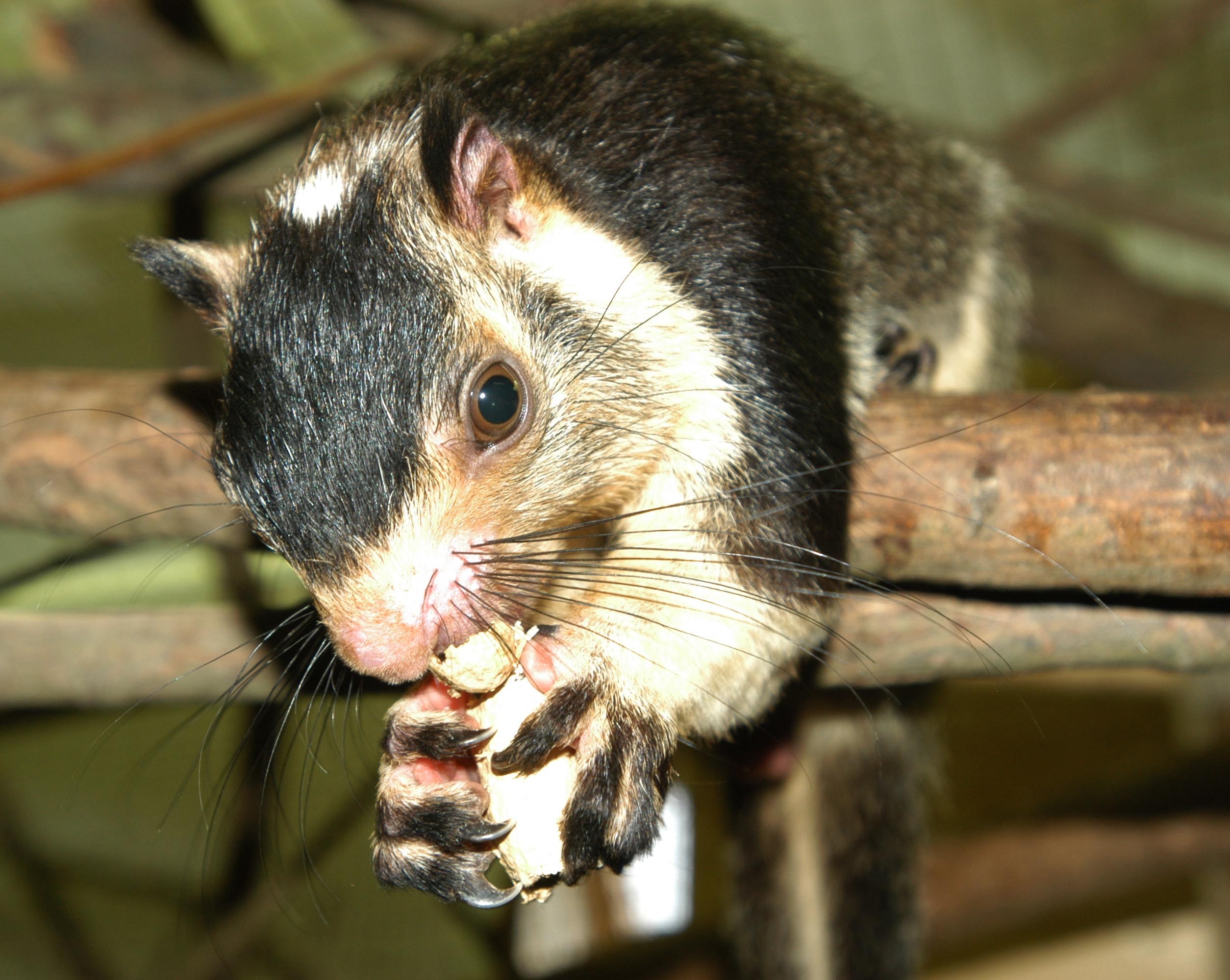|
Višnjica, Serbia
Višnjica ( sr-cyr, Вишњица, ) is an List of Belgrade neighborhoods, urban neighborhood of Belgrade, Serbia. It is located in Belgrade's municipality of Palilula, Belgrade, Palilula. Location Višnjica is located on the right bank of the Danube, stretching for almost 5 kilometers, from the Danube's arm of ''Rukavac'' and Ada Huja peninsula (including the ''Višnjica marina'') almost to the weekend-settlement of Bela Stena. The original village of Višnjica developed between the northern part of the Višnjica field and the Danube, but today makes one continuous built-up area with the rest of the city, through the bordering neighborhoods of Ada Huja, Rospi Ćuprija and Karaburma on the west and its own modern extension of Višnjička Banja, mainly on the south. The main street connecting it to downtown is ''Višnjička''. History and population Fossilized teeth of megalodon have been discovered in Višnjica. They are dated to 15 million years ago, when the area was part ... [...More Info...] [...Related Items...] OR: [Wikipedia] [Google] [Baidu] |
List Of Belgrade Neighbourhoods And Suburbs
A list is a Set (mathematics), set of discrete items of information collected and set forth in some format for utility, entertainment, or other purposes. A list may be memorialized in any number of ways, including existing only in the mind of the list-maker, but lists are frequently written down on paper, or maintained electronically. Lists are "most frequently a tool", and "one does not ''read'' but only ''uses'' a list: one looks up the relevant information in it, but usually does not need to deal with it as a whole".Lucie Doležalová,The Potential and Limitations of Studying Lists, in Lucie Doležalová, ed., ''The Charm of a List: From the Sumerians to Computerised Data Processing'' (2009). Purpose It has been observed that, with a few exceptions, "the scholarship on lists remains fragmented". David Wallechinsky, a co-author of ''The Book of Lists'', described the attraction of lists as being "because we live in an era of overstimulation, especially in terms of information, ... [...More Info...] [...Related Items...] OR: [Wikipedia] [Google] [Baidu] |
Bela Stena
Bela Stena () is an island resort in the Danube, located in the city of Pančevo in Serbia. Location Bela Stena is located from downtown Belgrade, on the western tip of the island of Forkontumac. Lido After World War I, Kingdom of the Serbs, Croats and Slovenes was formed, and the Danube ceased being a northern border of Serbia. Hence, the island of Forkontumac stopped being on the very borderline. Members of the Pančevo Youth Association organized fundraising and formed a society for establishing a beach ("bath") on the Forkontumac, where present Bela Stena is. In 1921, 20 cabins were placed on the beach, so as tables, chairs, a barrack which hosted a buffet, and shelters for guardsmen and cabin boys. The society leased a motorboat and a barge to transport citizens to the island. The beach was named Lido, after Lido di Venezia. It took some time for the beach to gain popularity among the citizens of Pančevo, but in 1922 additional 30 cabins were built on Lido which ... [...More Info...] [...Related Items...] OR: [Wikipedia] [Google] [Baidu] |
Mali Mokri Lug
Mali Mokri Lug ( sr-cyr, Мали Мокри Луг) is an urban neighborhood of Belgrade, Serbia. It is located in the south-eastern section of Belgrade's municipality of Zvezdara. It marks the border with the municipality of Grocka. It mostly stretches between Bulevar kralja Aleksandra and the Highway Belgrade–Niš, but also north of the boulevard ( Zeleno Brdo). It extends into the neighborhoods of Mirijevo on the north, Konjarnik on the west, Medaković III on the south-west, Veliki Mokri Lug on the south and Kaluđerica (in Grocka municipality) on the east. Geography Mali Mokri Lug occupies the northern section of the Mokroluški potok valley, which is today used as a route for the Belgrade-Niš highway and divides Mali Mokri Lug and Veliki Mokri Lug. The neighborhood occupies the southern slopes of several hills (Bajdina, Zeleno Brdo, Stojčino Brdo with an altitude of ), descending into the Mokroluški potok's valley, so the entire neighborhood is built downhill ... [...More Info...] [...Related Items...] OR: [Wikipedia] [Google] [Baidu] |
Mirijevo
Mirijevo ( sr-cyrl, Миријево, ) is an List of Belgrade neighborhoods, urban neighborhood of Belgrade, Serbia. It is located in Belgrade's municipality of Zvezdara. One of the largest single neighborhoods in Europe, consists of several sub-neighborhoods (Staro & Novo Mirijevo, Mirijevo II-IV, etc.) Location and geography Mirijevo is located 11 kilometers east of downtown Belgrade, on the eastern outskirts of Belgrade's urban zone. It extends into the neighborhoods of Ćalije on the north, Zvezdara on the west and Mali Mokri Lug (Zeleno Brdo) on the south. The neighborhood developed in the valley of :sr:Миријевски поток, Mirijevski potok (creek which is a right tributary to the Danube, at the neighborhood of Rospi Ćuprija), between the Zvezdara hill in the west (253 meters), Orlovica hill (274 meters, read as ''Orlovitsa''; on some city maps given as ''Orlovača'') in the north-east and Stojčino hill (274 meters) in the south, so the neighborhood today mos ... [...More Info...] [...Related Items...] OR: [Wikipedia] [Google] [Baidu] |
Willow
Willows, also called sallows and osiers, of the genus ''Salix'', comprise around 350 species (plus numerous hybrids) of typically deciduous trees and shrubs, found primarily on moist soils in cold and temperate regions. Most species are known as willow, but some narrow-leaved shrub species are called osier, and some broader-leaved species are referred to as sallow (from Old English ''sealh'', related to the Latin word ''salix'', willow). Some willows (particularly arctic and alpine species) are low-growing or creeping shrubs; for example, the dwarf willow (''Salix herbacea'') rarely exceeds in height, though it spreads widely across the ground. Description Willows all have abundant watery bark sap, which is heavily charged with salicin, soft, usually pliant, tough wood, slender branches, and large, fibrous, often stoloniferous roots. The roots are remarkable for their toughness, size, and tenacity to live, and roots readily sprout from aerial parts of the plant. Lea ... [...More Info...] [...Related Items...] OR: [Wikipedia] [Google] [Baidu] |
Serbian Academy Of Sciences And Arts
The Serbian Academy of Sciences and Arts (; , SANU) is a national academy and the most prominent academic institution in Serbia, founded in 1841 as Society of Serbian Letters (, DSS). The Academy's membership has included Nobel Prize, Nobel laureates Ivo Andrić, Leopold Ružička, Vladimir Prelog, Glenn T. Seaborg, Mikhail Sholokhov, Aleksandr Solzhenitsyn, and Peter Handke as well as, Josif Pančić, Jovan Cvijić, Branislav Petronijević, Vlaho Bukovac, Mihajlo Pupin, Nikola Tesla, Milutin Milanković, Mihailo Petrović-Alas, Meša Selimović, Mehmed Meša Selimović, Danilo Kiš, Paja Jovanović, Dmitri Mendeleev, Victor Hugo, Leo Tolstoy, Jacob Grimm, Antonín Dvořák, Henry Moore and many other scientists, scholars and artists of Serbian and foreign origin. History Predecessors The Serbian Royal Academy of Sciences () was the successor to the Society of Serbian Literature, Serbian Learned Society () with which it merged in 1892 and accepted its members as its own eith ... [...More Info...] [...Related Items...] OR: [Wikipedia] [Google] [Baidu] |
Matica Srpska
The Matica srpska ( sr-Cyrl-Latn, Матица српска, Matica srpska, ) is the oldest Serbian language independent, non-profit, non-governmental and cultural-scientific Serbian national institution. It was founded on June 1, 1826, in Pest, Hungary, Pest (today a part of Budapest) by the Serbs, Serbian Holy Roman Empire, habsburg legislator Jovan Hadžić and other prominent members of the Serbian Revolution and Serbian Revival, National Revival. The Matica was moved to Novi Sad in 1864. It is the oldest matica in the world. The main goals are to restore and promote Serbian national and cultural identity in the fields of art, science, spiritual creativity, economy and public life as well as to care for social development of Serbia. The literary and cultural society played a huge role in the flourishing of science and culture of the Serbs of Vojvodina, Serbia. The need for national homogenization, enlightenment, as well as the publication of Serbian books, were the main reaso ... [...More Info...] [...Related Items...] OR: [Wikipedia] [Google] [Baidu] |
Custom House
A custom house or customs house was traditionally a building housing the offices for a jurisdictional government whose officials oversaw the functions associated with importing and exporting goods into and out of a country, such as collecting customs (tax), customs duty on imported goods. A custom house was typically located in a seaport or in a city on a major river, with access to an ocean. These cities acted as port of entry, ports of entry into a country. Due to advances in electronic information systems, the increased volume of international trade, and the introduction of air travel, the term "custom house" became a historical anachronism. There are many examples of buildings around the world that were formerly used as custom houses but have since been converted for other uses, such as museums or civic buildings. As examples, the former Alexander Hamilton U.S. Custom House, Alexander Hamilton U.S. Custom House in Manhattan, New York, (now the George Gustav Heye Center) p ... [...More Info...] [...Related Items...] OR: [Wikipedia] [Google] [Baidu] |
Politika
( sr-Cyrl, Политика, lit=Politics) is a Serbian daily newspaper, published in Belgrade. Founded in 1904 by Vladislav F. Ribnikar, it is the oldest daily newspaper still in circulation in the Balkans. Publishing and ownership is published by Politika novine i magazini (PNM), a joint venture between Politika a.d. and East Media Group. The current director of PNM is Mira Glišić Simić. PNM also publishes: *''Sportski žurnal'' *''Politikin Zabavnik'' *''Svet kompjutera'' *''Ilustrovana Politika'' *''Bazar'' History Since its launch in January 1904, was published daily, except for several periods: *Due to World War I, there were no issues from 14 November 1914 to 21 December 1914, and again from 23 September 1915 to 1 December 1919. *Due to World War II, there were no issues from 6 April 1941 to 28 October 1944. *In protest against the government's intentions to turn into a state-owned enterprise, a single issue was not published in the summer of 1992. The launc ... [...More Info...] [...Related Items...] OR: [Wikipedia] [Google] [Baidu] |
Museum Of Natural History, Belgrade
The Museum of Natural History () is a museum located in Belgrade, Serbia. It is one of the oldest specialized national institutions in Serbia, and is the only museum of this type in Serbia. By the richness and diversity of the exhibited species, as well as the results achieved in the domain of museology and science, this museum is one of the most important in the South-Eastern Europe. It was officially founded in 1895, registered as The Natural History Museum of Serbian Land at that time (Јестаственички музеј српске земље). History Prior to the foundation of the Museum, in the first half of the 19th century, in the former Principality of Serbia, there was a large number of natural history collections, predominantly kept in the Natural History Cabinet of the Great Lyceum (Great School). The museum was initially located at an Endowment house of Stevče Mihajlovic on the Vracar (central municipality of Belgrade). Josif Pancic is considered to be the fo ... [...More Info...] [...Related Items...] OR: [Wikipedia] [Google] [Baidu] |
Langhian
The Langhian is, in the ICS geologic timescale, an age or stage in the middle Miocene Epoch/Series. It spans the time between 15.97 ± 0.05 Ma and 13.65 ± 0.05 Ma (million years ago) during the Middle Miocene.GeoWhen (2007) The Langhian was a continuing warming period defined by Lorenzo Pareto in 1865, it was originally established in the Langhe area north of Ceva in northern Italy, hence the name. The Langhian is preceded by the Burdigalian and followed by the Serravallian Stage. Stratigraphic definition The base of the Langhian is defined by the first appearance of foraminifer species ''Praeorbulina glomerosa'' and is also coeval with the top of magnetic chronozone C5Cn.1n. A GSSP for the Langhian Stage was not yet established in 2009. The top of the Langhian Stage (the base of the Serravallian Stage) is at the first occurrence of fossils of the nanoplankton species ''Sphenolithus heteromorphus'' and is located in magnetic chronozone C5ABr. The Langhian is coeval w ... [...More Info...] [...Related Items...] OR: [Wikipedia] [Google] [Baidu] |
Paratethys
The Paratethys sea, Paratethys ocean, Paratethys realm or just Paratethys (meaning "beside Tethys"), was a large shallow inland sea that covered much of mainland Europe and parts of western Asia during the middle to late Cenozoic, from the late Paleogene to the late Neogene, and is regarded as the largest inland sea in history. At its greatest extent, it stretched from the region north of the Alps over Central Europe to the Aral Sea in Central Asia. Paratethys formed about 34 Mya (million years ago) at the beginning of the Oligocene epoch, when the northern region of the Tethys Ocean (Peri-Tethys) was separated from the Mediterranean region of the Tethys realm due to the formation of the Alps, Carpathians, Dinarides, Taurus and Elburz mountains. Paratethys was at times reconnected with the Tethys or its successors (the Mediterranean Sea or the Indian Ocean) during the Oligocene and the early and middle Miocene times, but at the onset of the late Miocene epoch, the tecton ... [...More Info...] [...Related Items...] OR: [Wikipedia] [Google] [Baidu] |







